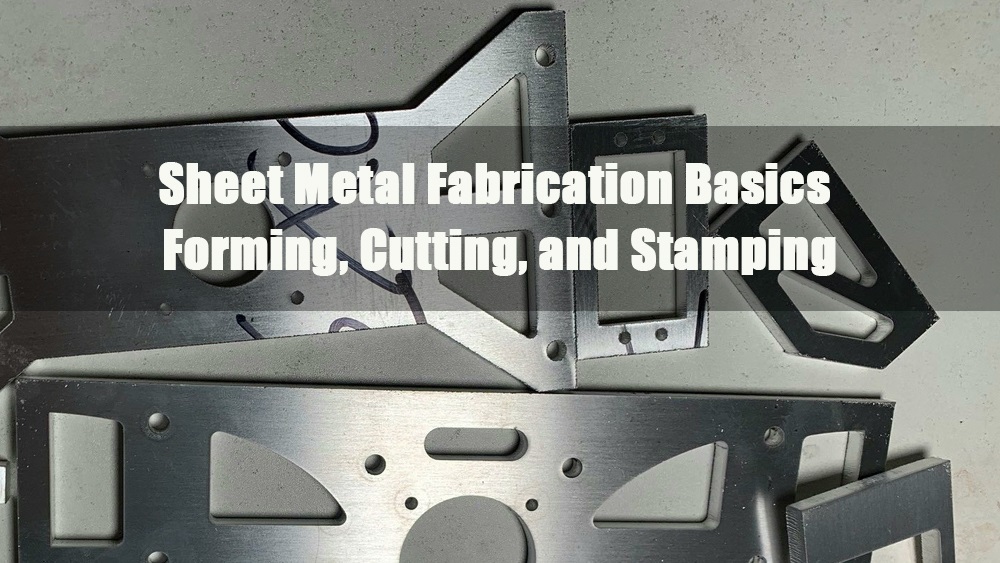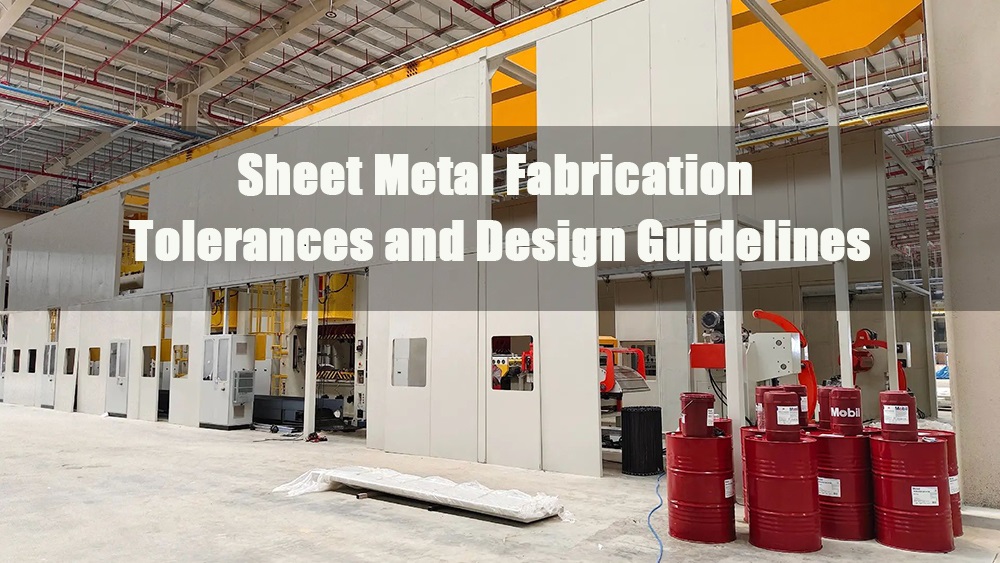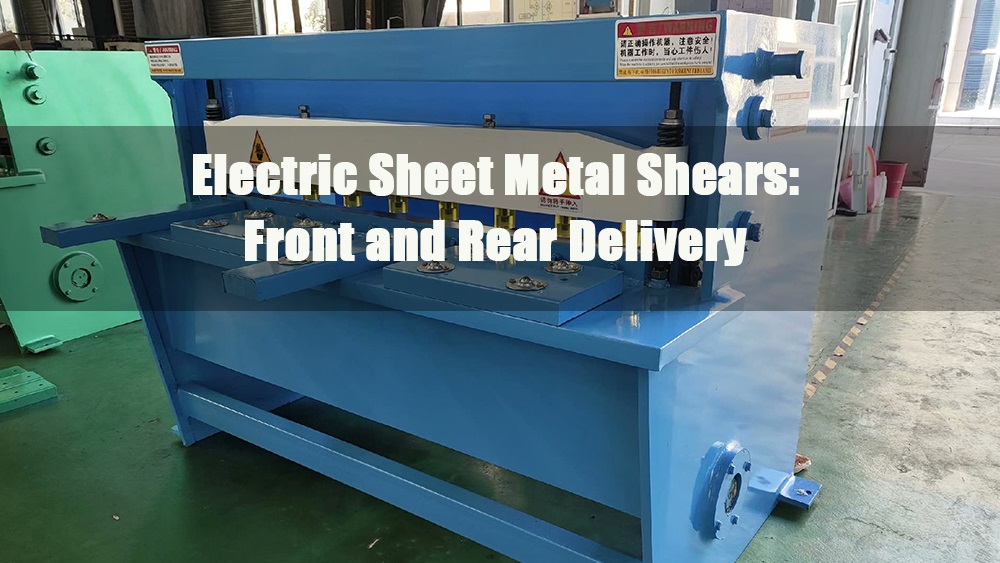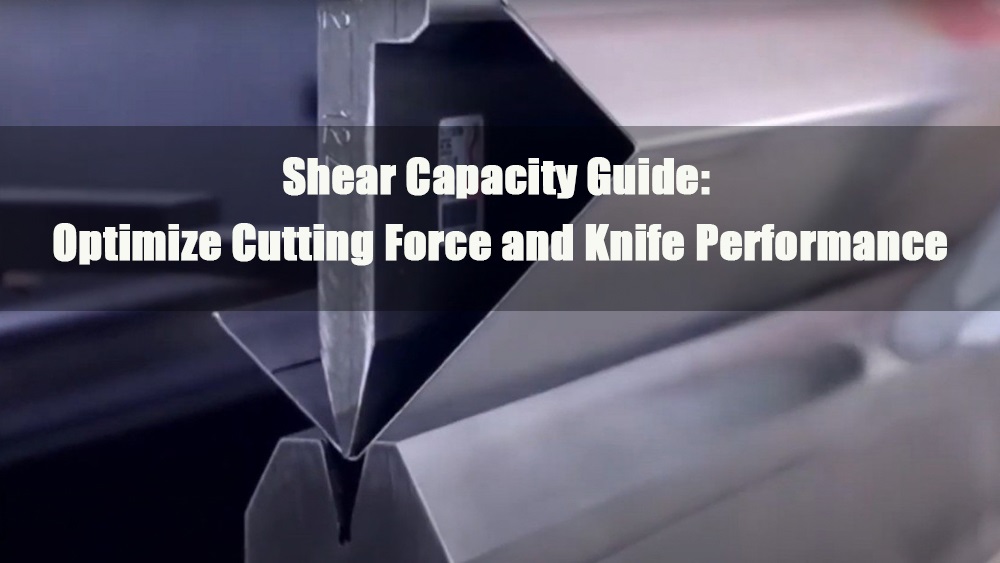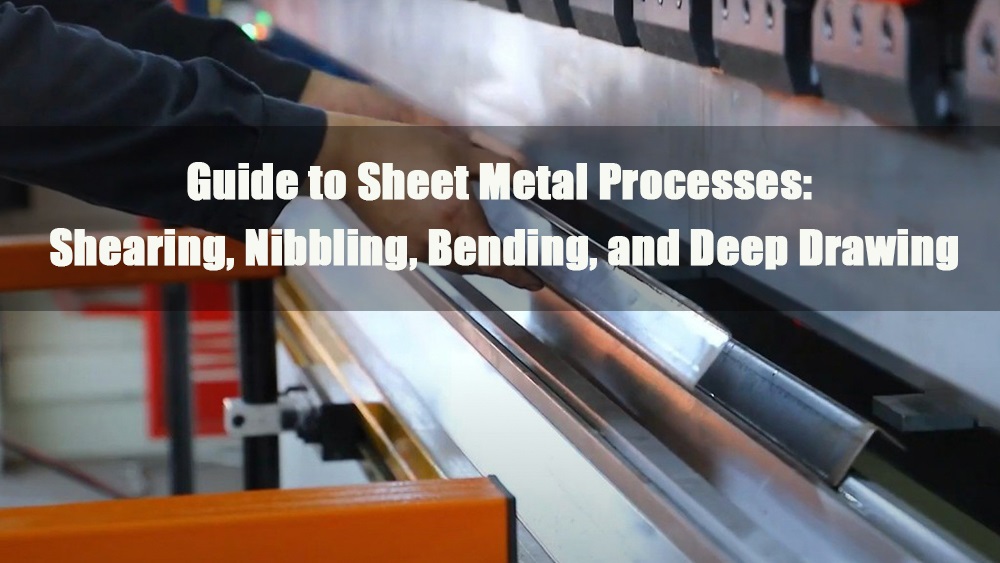
- 1.0What Is Shearing in Metalworking? Definition and Process
- 2.0How Shearing Works: Mechanics of the Process
- 3.0Basic Shearing Methods and Equipment
- 4.0Blanking vs. Piercing: Key Differences in Metal Punching
- 5.0Advanced Shearing Techniques: Lancing, Notching, Nibbling & More
- 6.0Punch and Die Tooling Systems for Shearing Operations
- 7.0Automated Die Systems: Progressive, Transfer & Compound Dies
- 8.0Shearing Design Rules for CNC and Hydraulic Presses
- 9.0Frequently Asked Questions
- 10.0Conclusion: Selecting the Right Machine and Design Strategy
Shearing is a fundamental metal cutting method used in sheet metal processing. It allows manufacturers to cut materials without chips, burning, or melting. In this guide, we’ll explore various shearing operations, the machines and tools involved, and practical design guidelines to help you achieve clean, efficient cuts in industrial fabrication.
1.0What Is Shearing in Metalworking? Definition and Process
Shearing is a mechanical cutting process that separates material along a straight or curved path using a punch and die. Unlike sawing or torch cutting, it doesn’t produce chips or involve heat.
Shearing operations are often performed on sheet metals or coil stock, using machines like:
- Hydraulic Guillotine Shears
- Mechanical Power Shears
- Rotary Slitter Machines
These tools are ideal for cutting steel, aluminum, and other materials in a straight line or in coil processing.
Common Shearing Operations: Blanking, Piercing, Trimming & More
There are several types of shearing operations depending on material geometry and the intended product:
- Blanking– Produces a part by cutting it out of the sheet.
- Piercing– Punches a hole into the sheet; the slug is discarded.
- Notching– Cuts away sections along the sheet edge.
- Trimming– Removes excess metal after forming.
- Slitting– Lengthwise cuts on coils to produce narrow strips.
2.0How Shearing Works: Mechanics of the Process
The shearing process initiates fracture at the material’s weakest point and progresses to complete separation.
To ensure clean sheared edges:
- Maintain precise tool alignment
- Control punch-die clearance
- Use high-quality tooling geometry
Properly executed, this minimizes burrs and reduces the need for secondary finishing.


3.0Basic Shearing Methods and Equipment
Straight-Line Shearing (Simple Shearing)
Cuts metal along a straight line using:
Hydraulic Guillotine Shears
Mechanical Power Shears
Slitting
This process cuts coils into narrower strips along their length using:
- Slitting Line Machines
- Rotary Slitter Machines
Common in coil processing lines before stamping or roll forming.

4.0Blanking vs. Piercing: Key Differences in Metal Punching
Both use a punch and die system. The main difference lies in the workpiece:
- Blanking: The cut-out part is used.
- Piercing: The hole is used, and the punched-out slug is scrap.

5.0Advanced Shearing Techniques: Lancing, Notching, Nibbling & More
Some specialized shearing methods include:
| Process | Description |
| Lancing | Partial cut without removing material |
| Perforating | Punching many small holes |
| Notching | Removing material at edges or corners |
| Nibbling | Creating complex contours with overlapping punches |
| Shaving | Smoothing cut edges after blanking |
| Cutoff | Separating parts from a strip |
| Dinking | Used for soft materials like rubber or fabric |

6.0Punch and Die Tooling Systems for Shearing Operations
A typical punching die set includes:
- Punch
- Die
- Stripper Plate
These are mounted on machines like:
- C-Frame Presses
- Gap Frame Presses
- Fineblanking Presses


7.0Automated Die Systems: Progressive, Transfer & Compound Dies
For higher productivity, advanced presses use:
Progressive Dies
Multiple stations
Each stroke moves the part to the next operation
Transfer Dies
Individual parts are moved between stations by a transfer mechanism
Compound Dies
Perform multiple operations (blanking + piercing) in a single stroke

8.0Shearing Design Rules for CNC and Hydraulic Presses
When designing for efficient shearing, follow these principles:
- Hole diameter ≥ material thickness
- Minimum edge distance ≥ material thickness
- Slot or web width ≥ material thickness
- Use generous tolerances
- Arrange parts to reduce scrap
These rules apply whether using CNC Turret Presses, Fineblanking Machines, or Hydraulic Presses.

9.0Frequently Asked Questions
Q1: What is the main purpose of shearing in metal forming?
A: To cut sheet metal cleanly without producing chips or heat, making it ideal for high-speed, low-waste manufacturing.
Q2: What machines are used in shearing operations?
A: Hydraulic guillotine shears, mechanical power shears, rotary slitters, CNC punch presses, and progressive die presses.
Q3: What’s the difference between blanking and piercing?
A: Blanking creates a usable part from the cut-out, while piercing leaves the main sheet intact and removes a slug as scrap.
Q4: How can I reduce burrs in the shearing process?
A: Ensure proper punch and die clearance, maintain tooling sharpness, and use appropriate materials.
10.0Conclusion: Selecting the Right Machine and Design Strategy
Shearing remains a cost-effective and versatile process in metal fabrication. By understanding the mechanics, tooling, and design principles, and choosing the right equipment—such as Hydraulic Guillotine Shears, CNC Punch Presses, or Progressive Die Machines—you can achieve clean cuts, reduce scrap, and boost overall productivity.




